Asexual Reproduction
Asexual reproduction is a type of reproduction where a new organism is produced from a single parent, without the involvement of gametes or the joining of male and female reproductive cells.
Methods of Asexual Reproduction
- Budding: In budding, a small part of the parent organism grows and develops into a new organism. This new organism eventually detaches from the parent and becomes independent.
- Fission: During fission, the parent organism divides into two or more parts, each of which can grow into a new organism.
- Regeneration: Some organisms can regenerate missing body parts and grow into new organisms. For example, starfish can regenerate from a severed limb.
- Vegetative Propagation: This method involves the growth of new plants from stems, roots, or leaves of the parent plant. Examples include runners in strawberries and tubers in potatoes.
- Parthenogenesis: In parthenogenesis, unfertilized eggs develop into new organisms. This is commonly seen in some species of insects, reptiles, and fish.
Advantages and Disadvantages of Asexual Reproduction
Advantages:
- Efficient and rapid way of reproduction.
- Only one parent is required.
- Organisms in stable environments can produce offspring that are well-adapted to the conditions.
Disadvantages:
- Little to no genetic variation in the offspring, which can make them vulnerable to diseases or changes in the environment.
- If the parent organism is susceptible to a disease, all the offspring will be susceptible as well.
Study Guide
Here are some key points to remember when studying asexual reproduction:
- Define asexual reproduction and discuss its significance in different organisms.
- Describe at least three different methods of asexual reproduction, providing examples for each.
- Compare and contrast the advantages and disadvantages of asexual reproduction.
- Discuss the implications of asexual reproduction in terms of genetic diversity and adaptation.
Understanding asexual reproduction is important in the study of biology, as it provides insights into the diversity of reproductive strategies in living organisms.
.◂Science Worksheets and Study Guides Kindergarten. Pushing, Moving, Pulling
Coloring Worksheet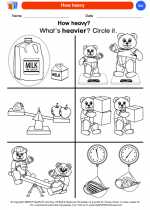 How heavy
How heavy  Coloring Worksheet
Coloring Worksheet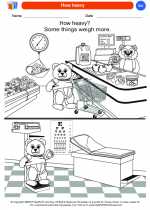 How heavy
How heavy  Coloring Worksheet
Coloring Worksheet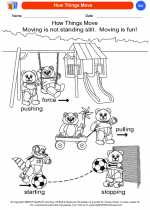 How Things Move
How Things Move  Coloring Worksheet
Coloring Worksheet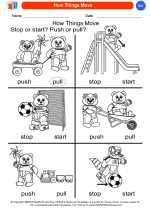 How Things Move
How Things Move  Coloring Worksheet
Coloring Worksheet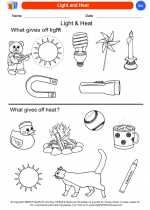 Light and Heat
Light and Heat  Coloring Worksheet
Coloring Worksheet Light and Heat
Light and Heat  Coloring Worksheet
Coloring Worksheet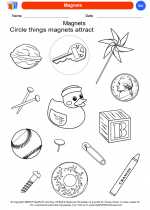 Magnets
Magnets  Coloring Worksheet
Coloring Worksheet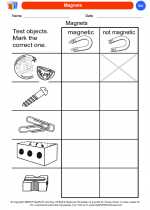 Magnets
Magnets  Coloring Worksheet
Coloring Worksheet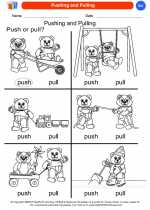 Pushing and Pulling
Pushing and Pulling  Coloring Worksheet
Coloring Worksheet Pushing and Pulling
Pushing and Pulling  Coloring Worksheet
Coloring Worksheet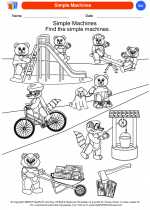 Simple Machines
Simple Machines  Coloring Worksheet
Coloring Worksheet Simple Machines
Simple Machines  Coloring Worksheet
Coloring Worksheet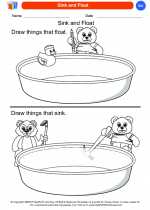 Sink and Float
Sink and Float  Coloring Worksheet
Coloring Worksheet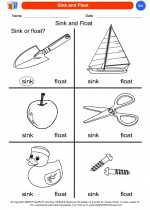 Sink and Float
Sink and Float  Coloring Worksheet
Coloring Worksheet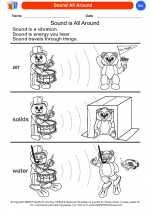 Sound All Around
Sound All Around  Coloring Worksheet
Coloring Worksheet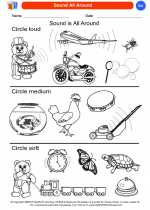 Sound All Around
Sound All Around  Coloring Worksheet
Coloring Worksheet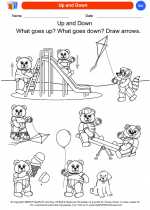 Up and Down
Up and Down  Coloring Worksheet
Coloring Worksheet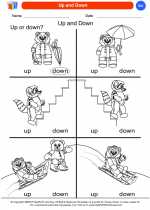 Up and Down
Up and Down  Coloring Worksheet
Coloring Worksheet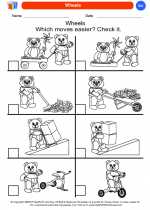 Wheels
Wheels  Coloring Worksheet
Coloring Worksheet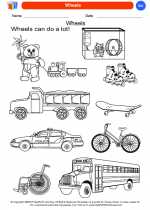 Wheels
Wheels 

 Coloring Worksheet
Coloring Worksheet
 Coloring Worksheet
Coloring Worksheet
 Coloring Worksheet
Coloring Worksheet
 Coloring Worksheet
Coloring Worksheet
 Coloring Worksheet
Coloring Worksheet
 Coloring Worksheet
Coloring Worksheet
 Coloring Worksheet
Coloring Worksheet
 Coloring Worksheet
Coloring Worksheet
 Coloring Worksheet
Coloring Worksheet
 Coloring Worksheet
Coloring Worksheet
 Coloring Worksheet
Coloring Worksheet
 Coloring Worksheet
Coloring Worksheet
 Coloring Worksheet
Coloring Worksheet
 Coloring Worksheet
Coloring Worksheet
 Coloring Worksheet
Coloring Worksheet
 Coloring Worksheet
Coloring Worksheet
 Coloring Worksheet
Coloring Worksheet
 Coloring Worksheet
Coloring Worksheet
 Coloring Worksheet
Coloring Worksheet
